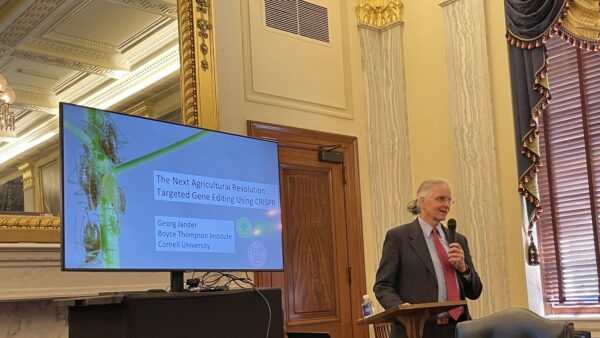Probably most of you have heard of Horizon Europe. This is the EU’s current Framework Programme for Research and Innovation (FPRI) for 2021-2027 and has a budget of a whopping €95.5 billion! It officially came into effect 1 January 2021. This Ninth FPRI helps the EU to achieve the UN’s Sustainable Development Goals, it also seeks to tackle climate change, and plans to boost the EU’s competitiveness and growth.
According to its website, ‘the programme facilitates collaboration and strengthens the impact of research and innovation in developing, supporting, and implementing EU policies while tackling global challenges. It supports creating and better dispersing of excellent knowledge and technologies. It creates jobs, fully engages the EU’s talent pool, boosts economic growth, promotes industrial competitiveness and optimises investment impact within a strengthened European Research Area.’
These very popular multi-year EU research programmes are aimed at supporting both academic and commercial research, across all its Member States. Others, so-called ‘associate countries’, for example Israel, Switzerland, Tunisia, or Armenia that agree to pay, can also join in. All these counties set the agenda for science across the bloc and give rise to major initiatives.
History
The first EU FPRI was introduced in 1984. And up to and including the sixth generation (2003,2006), the programmes ran over a period of four or five years. Since 2007, they have run for seven years. It was the treaties of Maastricht (1992) and Amsterdam (1997) that laid out the EU’s science and technology policy. It aims to make research in Europe a transnational activity, wherever appropriate. Countries intend to share costs and at the same time, pool resources for large-scale projects. They agree to work together to find solutions to problems affecting the whole of Europe.
Funding
The FPRI funding is drawn from the regular contributions made by EU Member States. On top of that, up to and including the eighth programme (Horizon 2020), the associated countries made contributions which were based on their gross domestic product (GDP). For Horizon Europe, a new funding mechanism is envisaged. Each associated country will in principle pay as much as its researchers are granted in EU project funding, according to the new “pay as you go” principle.
Rising Research Cash.
The EU has steadily increased the value of its large framework research programmes. Since their inception, FPRI budgets have continuously grown (see table), and the thematic priorities and instruments have been adapted according to social and political needs in Europe.
Table 1: Budget (billion €) for the EU-FPRI programmes for each period
| 1984-1988 | 3.3 |
| 1987-1991 | 5.4 |
| 1990-1994 | 6.6 |
| 1994-1998 | 13.1 |
| 1998-2002 | 14.9 |
| 2002-2006 | 19.3 |
| 2007-2013 | 55.8 |
| 2014-2020 | 81.6 |
| 2021-2027 | 95.5 |
Popularity
With so much money available, it is no surprise that many groups have applied for some of it. The collaboration programmes are heavily oversubscribed, and the success rate of getting your project proposal approved is low. In the first half of Horizon 2020, the overall success rate of applicants to collaborations was just 12.6 per cent. But don’t fret for too long about that, as Horizon Europe’s larger budget is an effort to address this problem.
Return on investment
We don’t know how the research projects under Horizon Europe will do, but there is decent data available on its predecessor, Horizon 2020. An interim evaluation, released in 2017, concluded that this programme was having a very positive impact. By using macro-economic models, projections were made, indicating that it will generate more than €400 to €600 billion in economic gains plus create up to 179,000 jobs by 2030.
There are many other achievements, for example, in the period 2014-2021, over 82,000 papers were published in peer-reviewed journals, 3,800 patent applications were made, 260,000 innovations were produced, and 3,800 start-ups were supported. All this is not bad for an initial 75 billion investment in H2020.
To get an impression of what kind of projects are being granted, I looked up the Cordis database (Community Research and Development Information Service). This is the European Commission’s primary source of results from the projects funded by the EU’s framework programmes, from FP1 to Horizon Europe. I zoomed in on agriculture related projects and found a few hundred very interesting ones. A small selection of those projects, you will find elsewhere in this issue.
Overseeing it all, it is clear that the EU FPRI is an essential tool to boost research and foster collaboration at the European level. The ambitious programmes will help develop excellence throughout the European Research Area and create more innovation in much needed areas. With a population that keeps growing, a climate that keeps changing, we need all the innovation we can get. Now all we need is a conducive regulatory environment. Perhaps we can do an EU project on that?












